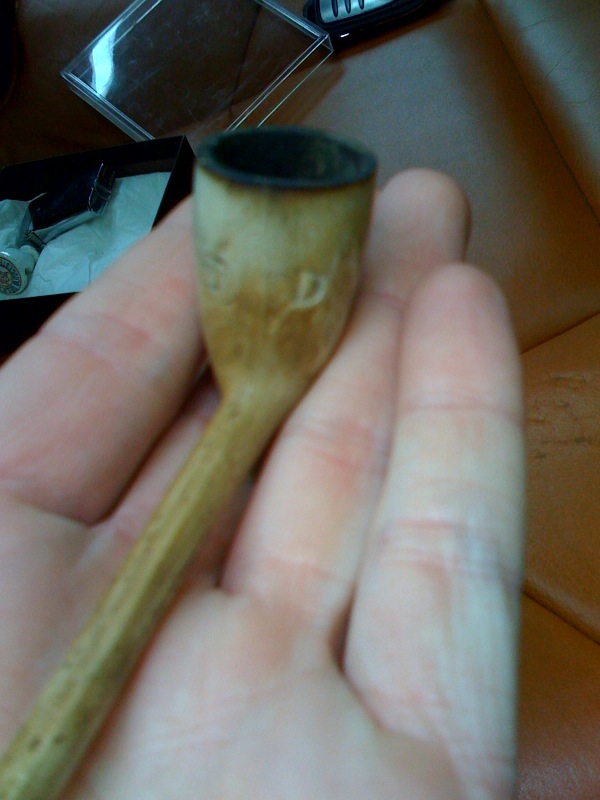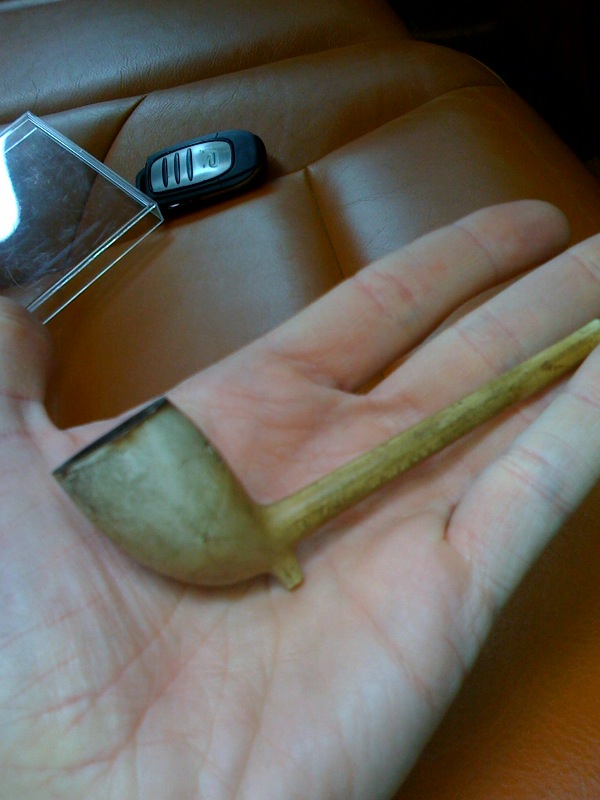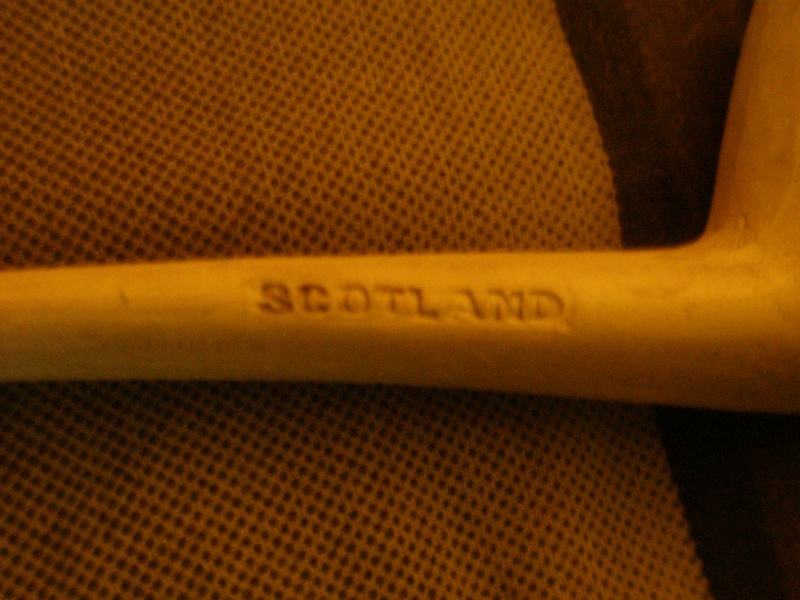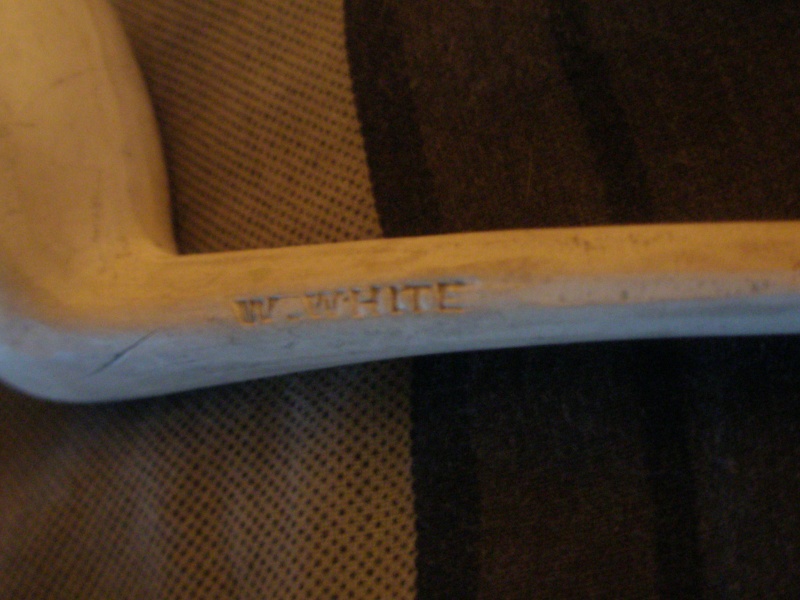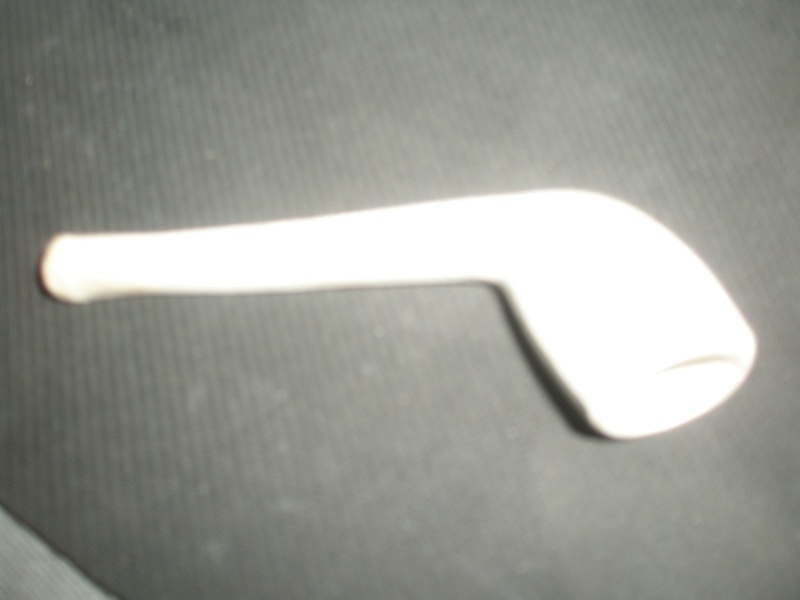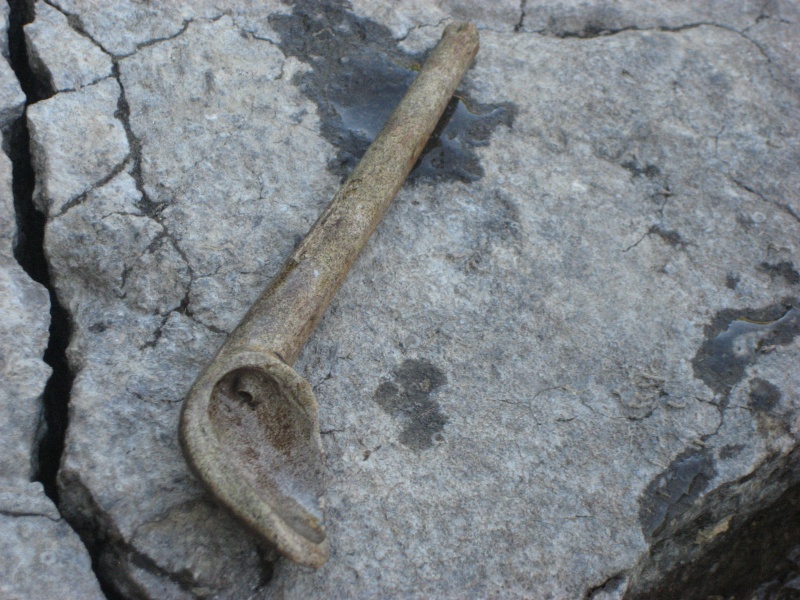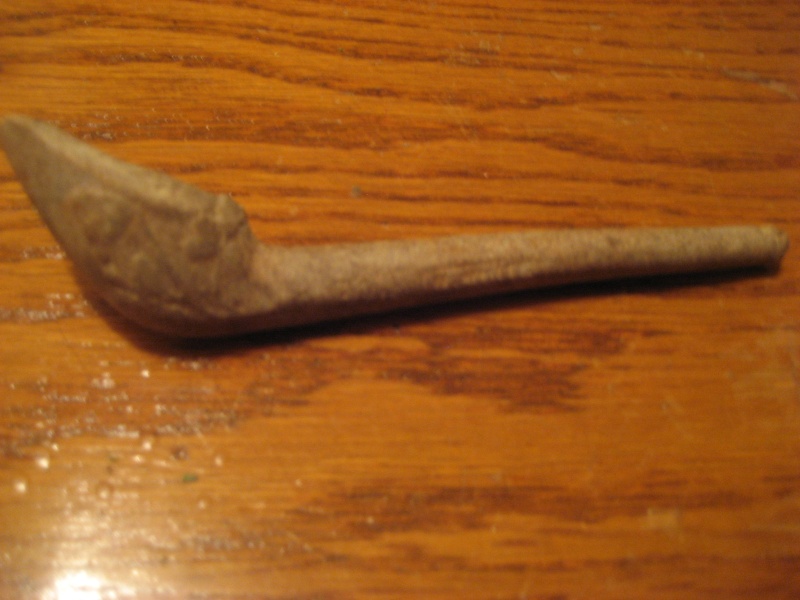Benjamin Button
Well-known member
- Joined
- Oct 9, 2008
- Messages
- 300
- Reaction score
- 4
My grandmother has moved to a nursing facility and my brother is moving into her house. We have been clearing out all of her things and my mother found a box containing a clay pipe. I remember this pipe from when I was about 5 or 6 years old (early 80's ). When my grandmother had her house re-sided, the workers found this pipe sitting inside the walls of the house. The house was build around 1907 so it at least dates back that far.
The only markings on the pipe are a "T" and a "D" on the bowl, the word "Glasgow", the word "W.WHITE" and one more marking that says either "T-73" or "T-7B". I kid you not when I say I have wanted this pipe for the past 23 years. Today, my mom gave it to me, knowing my interest in pipes.
I have no idea where to find more info about this pipe. I searched on Google but found very little. If anyone has ANY idea or knowledge of where I could find some more info I would be very appreciate.
I tried sniffing the bowl and it smells faintly of Navy Flake. Perhaps it belonged to one of Docks ancestors.
Just kiddin', D. :lol:
Thanks folks!
I'll try and get some better pics, I just got the pipe this morning so I snapped a few pics with my phone just now in my car.
edit: Image hosting seems to be down right now. I'll try and get those up later.
The only markings on the pipe are a "T" and a "D" on the bowl, the word "Glasgow", the word "W.WHITE" and one more marking that says either "T-73" or "T-7B". I kid you not when I say I have wanted this pipe for the past 23 years. Today, my mom gave it to me, knowing my interest in pipes.
I have no idea where to find more info about this pipe. I searched on Google but found very little. If anyone has ANY idea or knowledge of where I could find some more info I would be very appreciate.
I tried sniffing the bowl and it smells faintly of Navy Flake. Perhaps it belonged to one of Docks ancestors.
Just kiddin', D. :lol:
Thanks folks!
I'll try and get some better pics, I just got the pipe this morning so I snapped a few pics with my phone just now in my car.
edit: Image hosting seems to be down right now. I'll try and get those up later.

